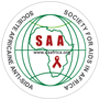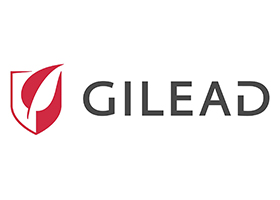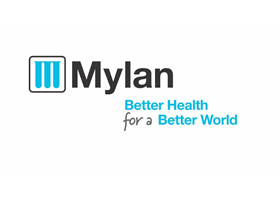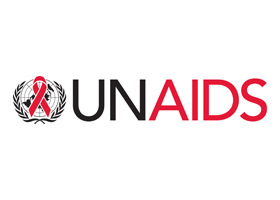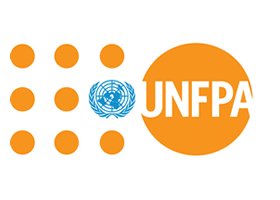Time: 12:45-14:15
Venue: AD10
Reporters: IRAKOZE SHYAKA Christelle and UWIMANA VESTINE Lorraine
This session presented the latest guidance and recommendations to support countries to a achieve high quality HIV testing services as well as focused scale up of HIV testing services. The session provided the practical guidance on how to adopt implement and transform a national programme for maximum effect. First presentation was made by Cheryl Johnson and Anita Sands (on behalf of HTS team) World Health Organization on How to adopt and implement WHO recommended HIV testing strategies and transform your HIV programme for 2020, They presented the new World Health Organisation guidelines on HIV testing services for closing the gap. The guideline notes that HIV testing strategies in response to changes in the HIV epidemic, should move toward using three consecutive reactive tests to provide an HIV-positive diagnosis. All pregnant women should be tested for HIV, syphilis and hepatitis B surface antigen at least once and as early as possible. Dual HIV/syphilis rapid diagnostic tests can be the first test in HIV testing strategies and algorithms in ANC settings.
WHO recommends three different HIV serology assays to diagnose HIV infection, regardless of national prevalence. Use the world Health Organisation prequalified or otherwise quality assured products. HIV testing algorithms (the combination of products) should be verified. Back-up/flexible testing algorithms are recommended in case of shortages due to stock-out, recall or obsolescence. Individuals newly diagnosed with HIV should be retested prior to starting ART, preferably at a different testing site but at least by a different test operator.
M Maheu-Giroux presented the rationale for Using WHO Testing Algorithms and Strategies She talked about challenges associated with operationalizing the diagnosis guidance. The current guidance on choosing 2-test vs 3-test strategy have some challenges like countries finding it difficult adhering to guidance. HIV testing should reflect positivity amongst tested population (not national prevalence). She concluded by saying that testing strategies should reflect changes in epidemiology. 3-test strategy substantially reduces false-positive misclassifications to ensure that 99% PPV target is achieve. It increases ‘inconclusive’ results but most will be confirmed negative at day 14 which is a good thing. Also, the incremental budgetary impacts are low - cost of 3- vs. 2-test algorithm <2.5% for positivity <5%. The programmatic implications is about finding new ways to organize and restructure HIV testing services and this is important. Countries can explore test for triage, HIV self-testing.


